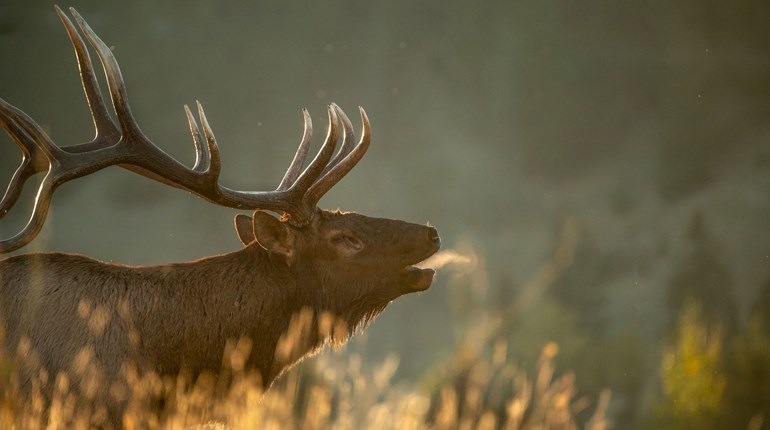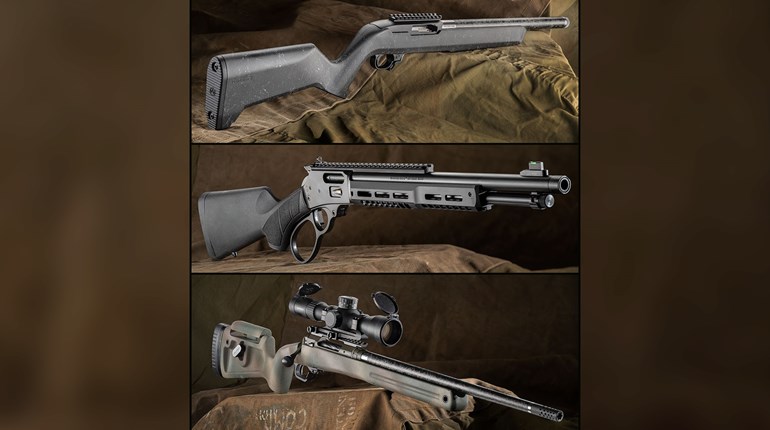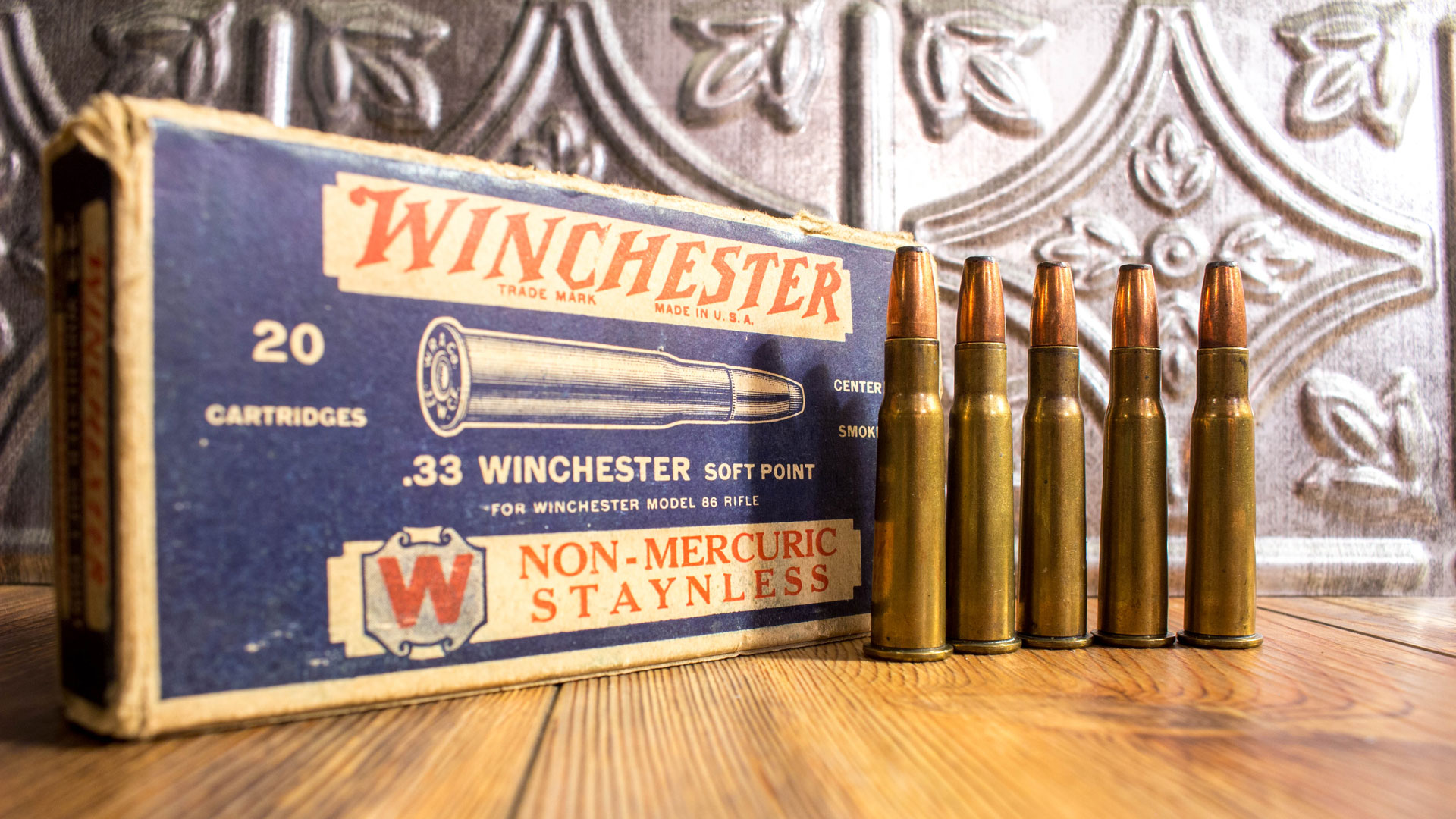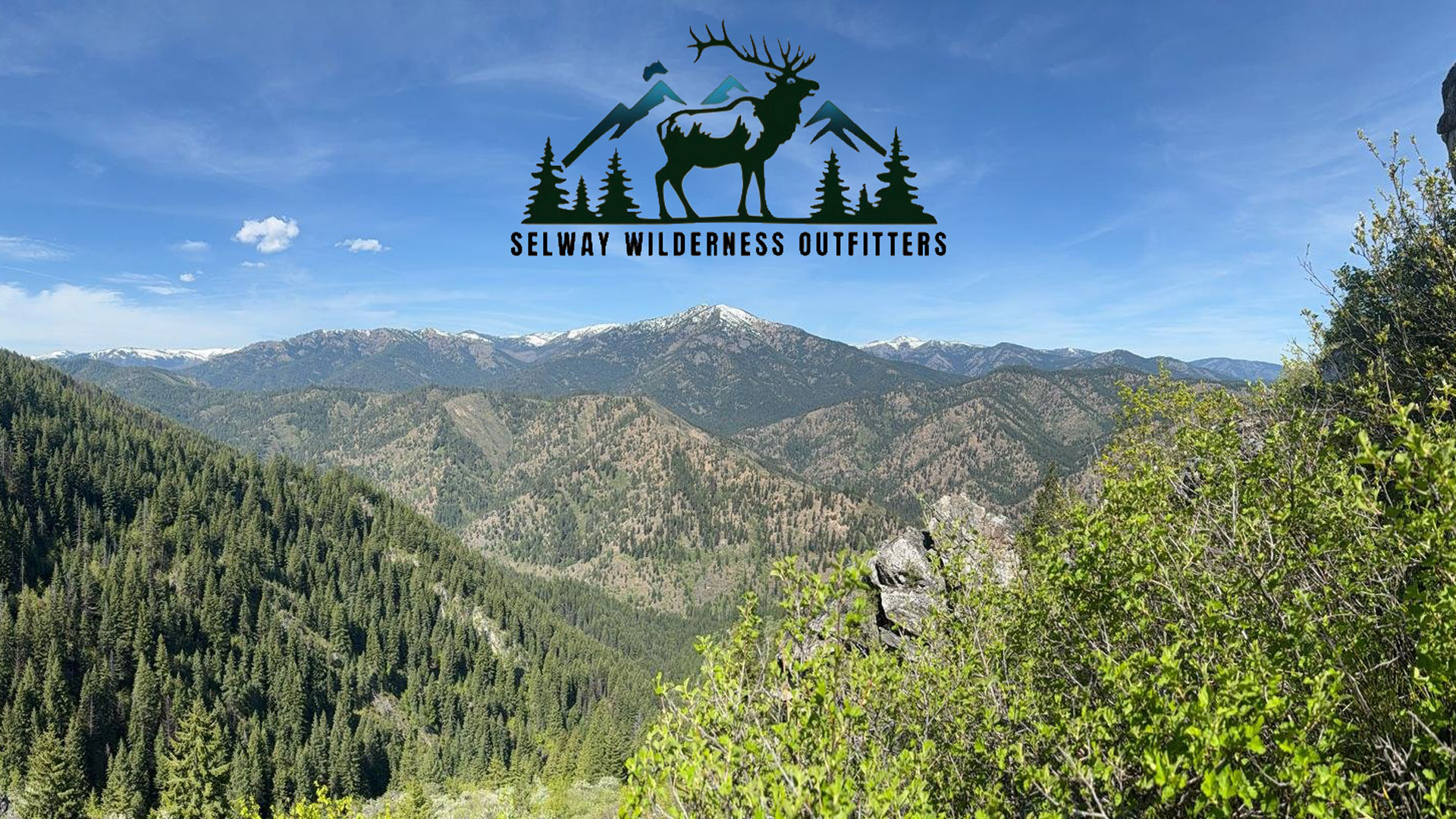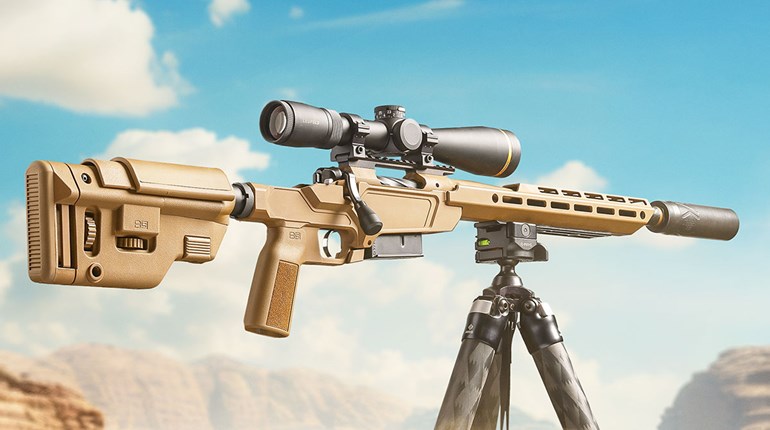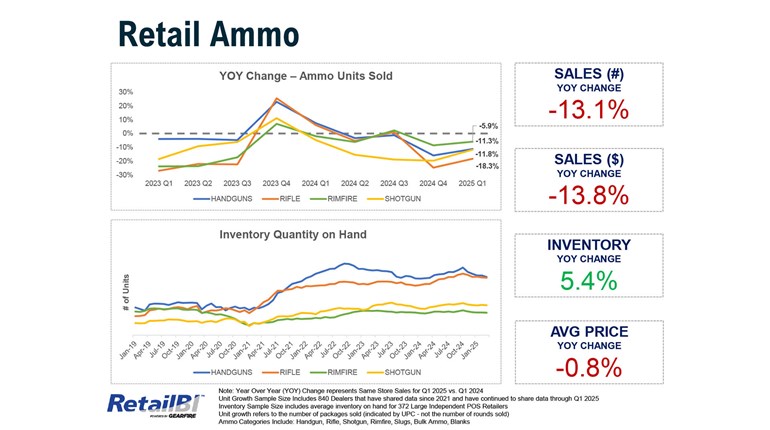
I just returned from East Alton, Ill., where, along with a handful of other media, I was the guest of Winchester. There we toured the ammunition company’s factory where it has made shotshells for decades. While there, it occurred to me just how much experienced hunters know about their craft; how much there is to learn (always); and just how much we can offer to anyone new to the field.
Winchester touted the junket as “Shotshell University.” On the surface the event appeared to be a new-product introduction. But it was much more than that. First, we spent time in the classroom on the Winchester campus, and we toured the factory. Then we traveled to nearby Nilo Farms, Winchester’s famous hunting and shooting preserve, established by John Olin in 1952 to raise and train field-trial Labs; this is the home of King Buck, the legendary black Lab, the most decorated field-trial champion of all time. There, we spent time on the range, absorbing demonstrations on pattern boards and ballistic gelatin, and shooting clays. And we also hunted over those famous dogs, shooting pheasants and chukars in the afternoons; one morning we shot Nilo ducks as they passed on their way to the pond. We fired new Winchester loads destined for the shelves this year, of course.
As Winchester engineers and product managers shared with us the makeup of many new products, everyone soon realized we were diving deeper—into the company’s history, its research and development of shot, of wads and powder … into its philosophy, really, of building shotshells.
It was fascinating. All the media in attendance were experienced hunters; we all understood what we were being taught—and that realization spurred many questions. I always say, “The only stupid question is the one that is never asked.” Apparently every media member in attendance agreed with that premise. We all understood we had at our disposal personnel who could teach us more than we’d considered about shotshell development. Sometimes we asked probing questions, and everyone nodded in understanding as we absorbed the answer. Sometimes the queries sounded rather elementary, as if, before asking the question really on his mind the writer merely needed to back up and first establish a foundation; everyone nodded at the answer as if to say, “Well, sure, of course … and now, with that established … .”
If a protégé latches onto you don’t let him go—for gosh sakes, don’t ignore him. Understand he has identified you as an expert. He needs your help.
Now imagine you’re a member of this class. In fact, you don’t need to imagine because you are a member even if you don’t realize it. You may not share your knowledge or what you learn with readers in print and online as do members of the outdoor media. But you read magazines like American Hunter, I would suggest, because you know a good thing when you see it. The vast majority of AH readers have hunted for decades. Imagine how much collective knowledge that represents.
We are ideally suited to be opinion leaders in our spheres of influence. Don’t believe me? Let’s start with shotshells, since we’re on the topic.
On the afternoon of the first day, I shot mostly a new Winchester Xpert Steel load designed for pheasant hunting in places (like California) that mandate nontoxic shot even in upland areas. It was fine, but—man, I felt it on my shoulder. Remember, steel is less dense than lead so it must start life fast. A stout powder charge is needed to get that steel payload to the target. The next day I shot mostly Super Pheasant Diamond Grade, a new 12-gauge, 2¾-inch, upland load. It is 1⅜ ounces of copper plated lead Diamond Grade No. 5 shot that starts life at 1300 fps. It is wicked, I say. It is absolutely deadly and—my big takeaway—fairly forgiving on your shoulder. I love it.
Sure, a new bird hunter could glean that knowledge himself. But it may take him a couple of hunts to get around to shooting various loads to find what suits him. You’d do him a favor if you explain this nuance before he plunks down his hard-earned money on ammunition.

Consider the value of your advice. As an experienced hunter, you absorb messaging in advertising a little more deeply than a new hunter—if for no other reason than because you’ve seen and done more in the field. You can read those boxes on the shelf and explain to this new guy what he can expect. That’s a lesson he can take to the bank.
Now scale this kind of tutelage across the spectrum of your hunting knowledge.
What kind of rifle to buy and what caliber to recommend all depends on the game hunted, one’s budget and more, questions an experienced hunter has answered more than once. Hunters out West know it’s better to let your eyes do the walking across vast terrain before burning shoe leather. That requires effective use of glass. And just how does one find game in a spotter, exactly? How do you set up to use a binocular effectively for hours on a cold mountainside without growing tired or inducing a headache? There are more questions, of course. There always are more. “How do I field-dress a deer? How do I butcher the thing? There are meat processors? What do they charge to butcher a deer? How do I skin a squirrel? How do I transport ducks legally? What’s the best clothing for my budget?” And there always is ammo—besides firearms, ammo can seem like the most arcane subject to a new hunter.
If a protégé latches onto you don’t let him go—for gosh sakes, don’t ignore him. Understand he has identified you as an expert. He needs your help. He needs the guidance. Provide it. Steel yourself for a lot of questions. Be patient. Explain everything that occurs to you, and acknowledge you will repeat yourself often.
Also remember this won’t be a one-and-done thing. It won’t be enough to train a new hunter, take him to the field one season and turn him loose the next. It may be a few years before he feels comfortable operating by himself. We all know this is true, and we all know why.
Hunting provides a lifetime of enjoyment. It’s a craft few Americans practice these days. Across the years, we learn so much about the woods and waters, about game, about firearms, ammo and optics ... it’s fun, yes? Besides adventure and personal discovery, I think hunters are drawn to our pastime precisely because we enjoy learning about all this stuff. Understand your protégé enjoys it, too. So don’t be in a hurry to turn him loose. This may take a while. It may take a lifetime, actually.













